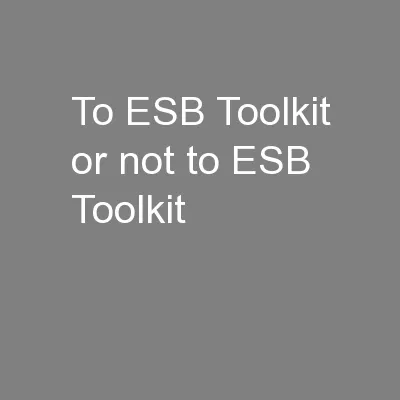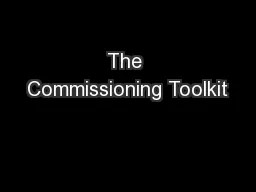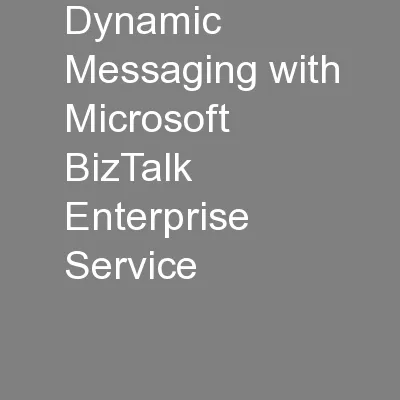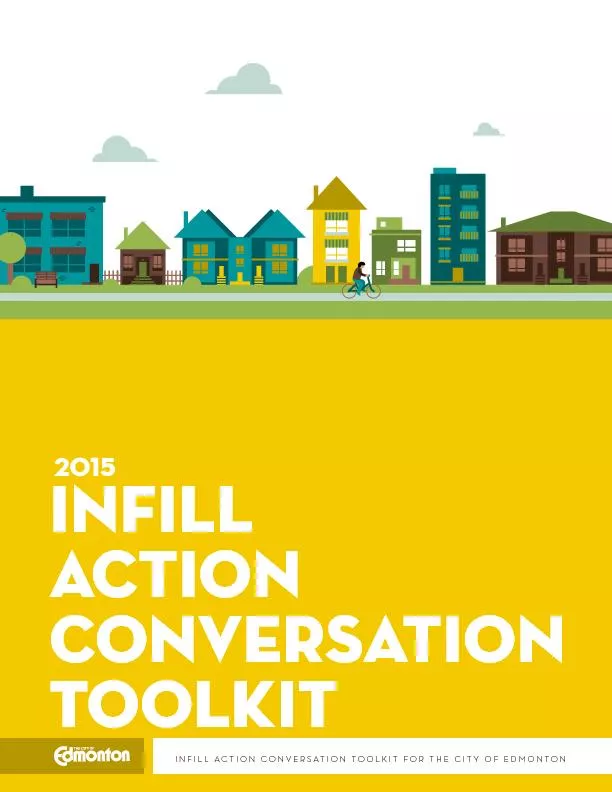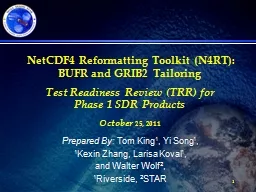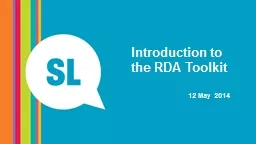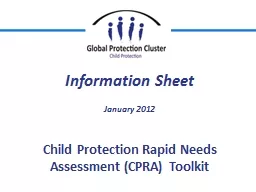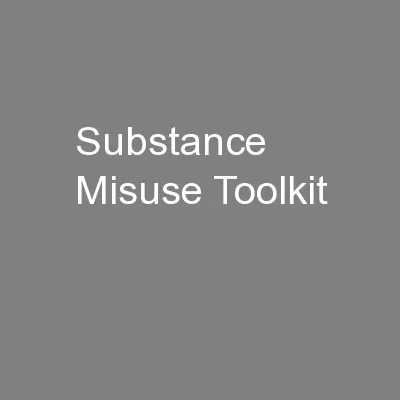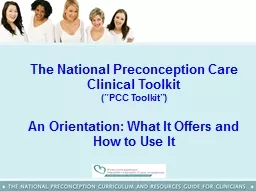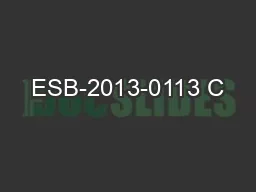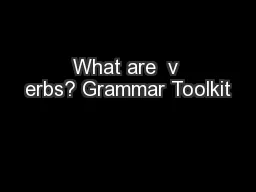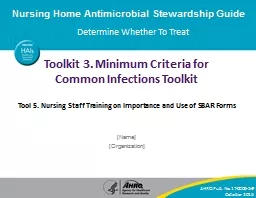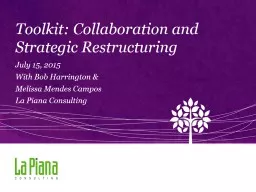PPT-To ESB Toolkit or not to ESB Toolkit
Author : conchita-marotz | Published Date : 2016-11-26
ESB Toolkit patterns and practices Tomasso Groenendijk Overview 2 So Whats The Difference Classic BizTalk Rethinking The Solution As A Set Of Capabilities When
Presentation Embed Code
Download Presentation
Download Presentation The PPT/PDF document "To ESB Toolkit or not to ESB Toolkit" is the property of its rightful owner. Permission is granted to download and print the materials on this website for personal, non-commercial use only, and to display it on your personal computer provided you do not modify the materials and that you retain all copyright notices contained in the materials. By downloading content from our website, you accept the terms of this agreement.
To ESB Toolkit or not to ESB Toolkit: Transcript
Download Rules Of Document
"To ESB Toolkit or not to ESB Toolkit"The content belongs to its owner. You may download and print it for personal use, without modification, and keep all copyright notices. By downloading, you agree to these terms.
Related Documents

